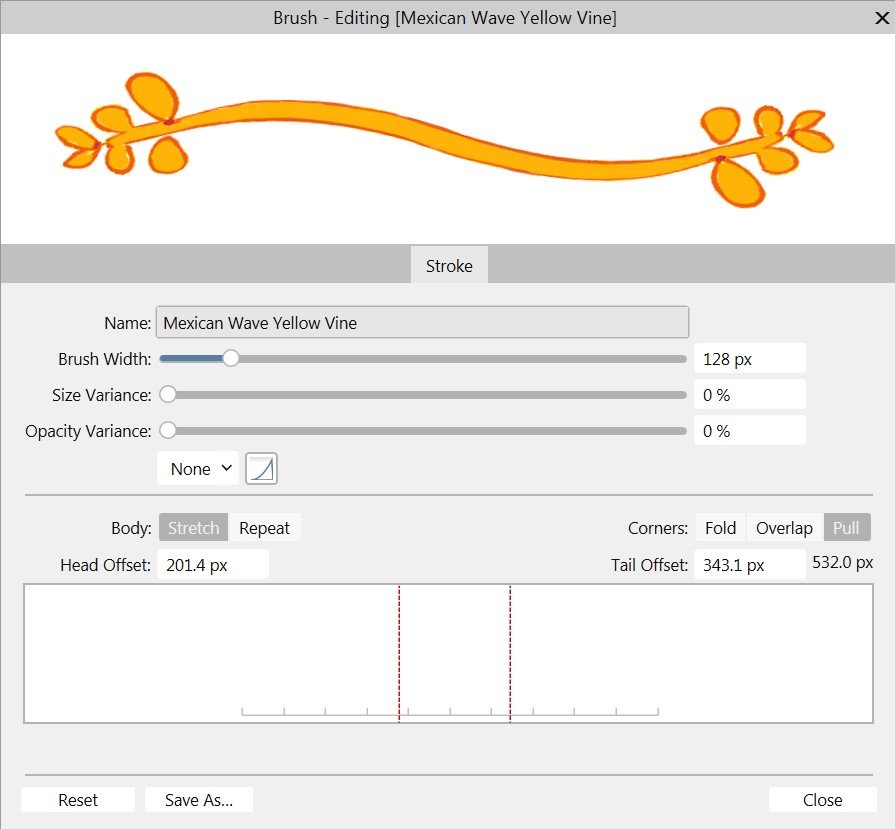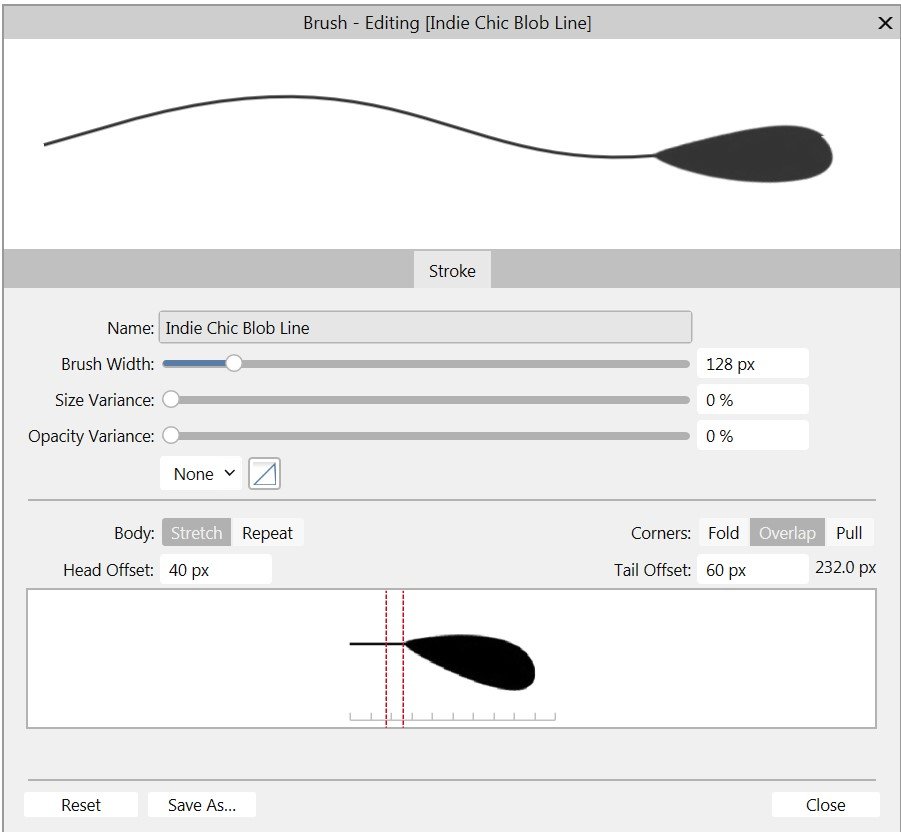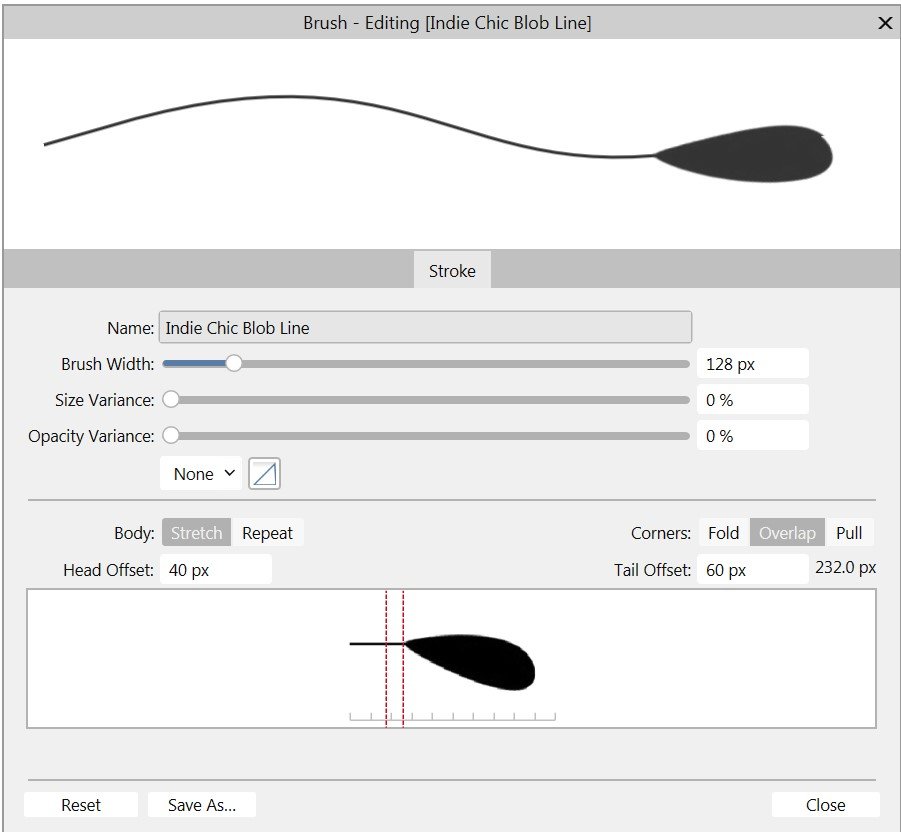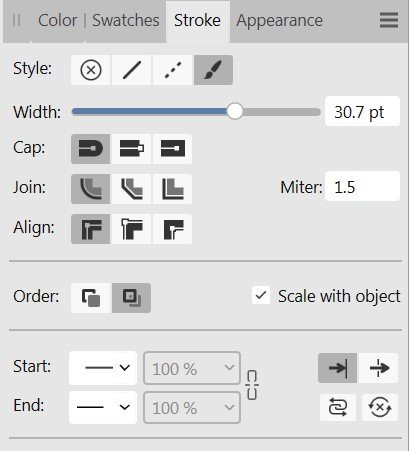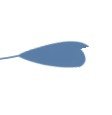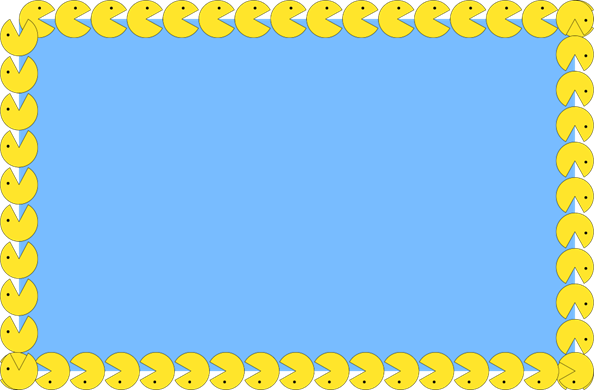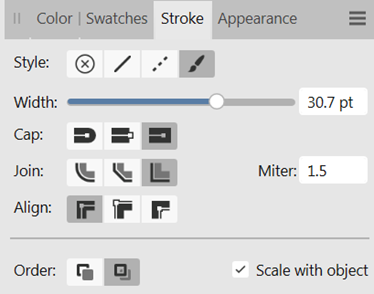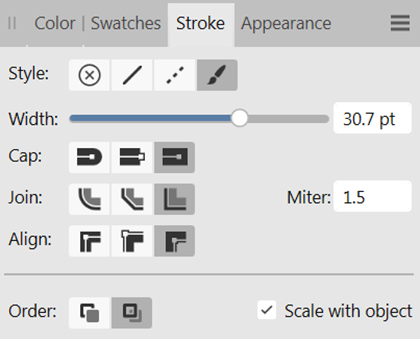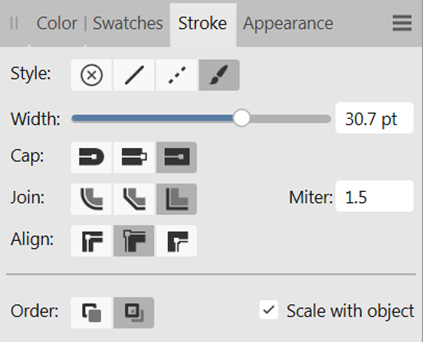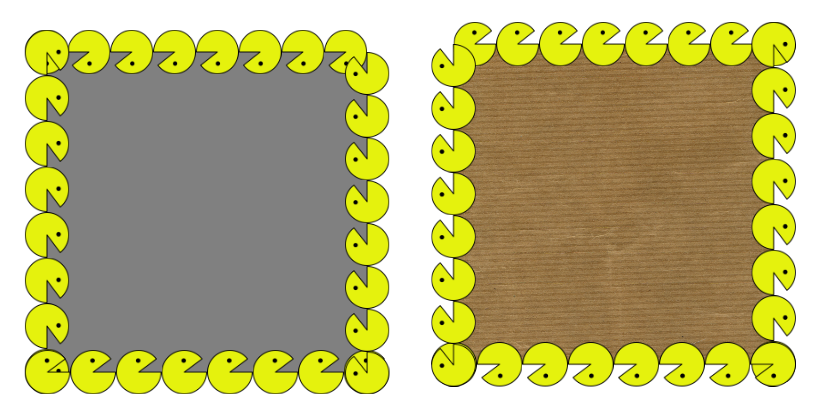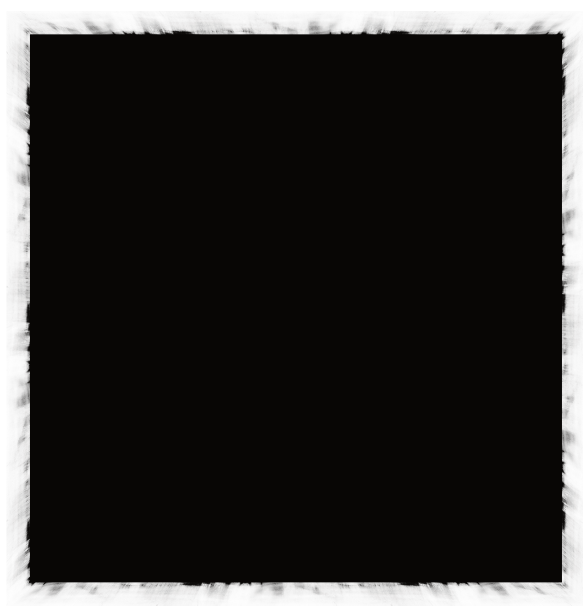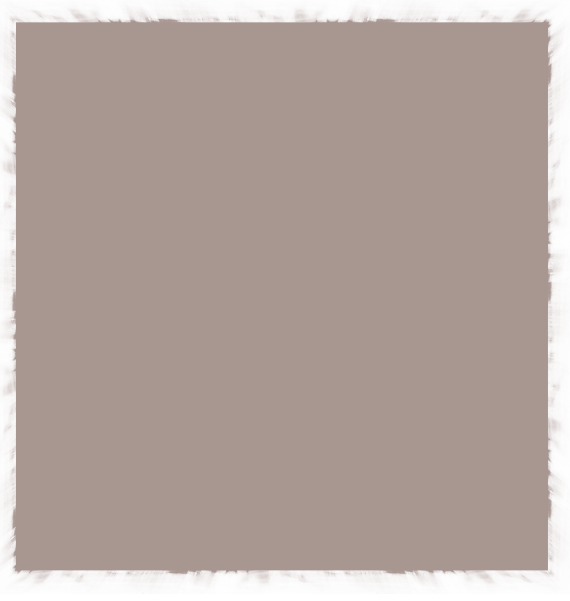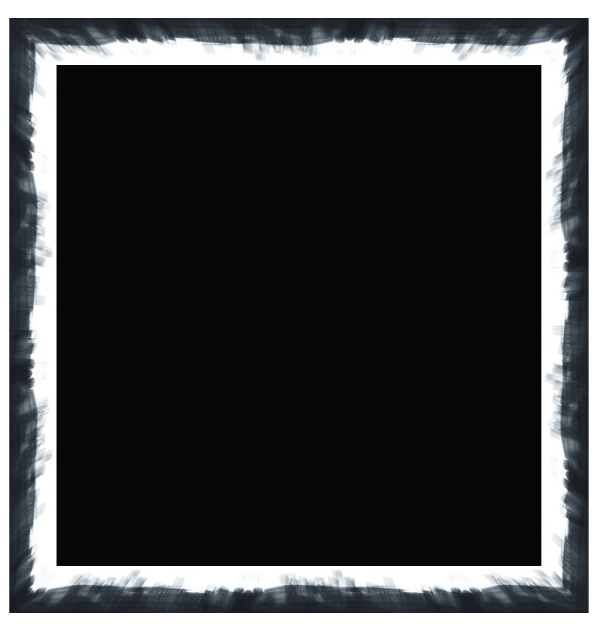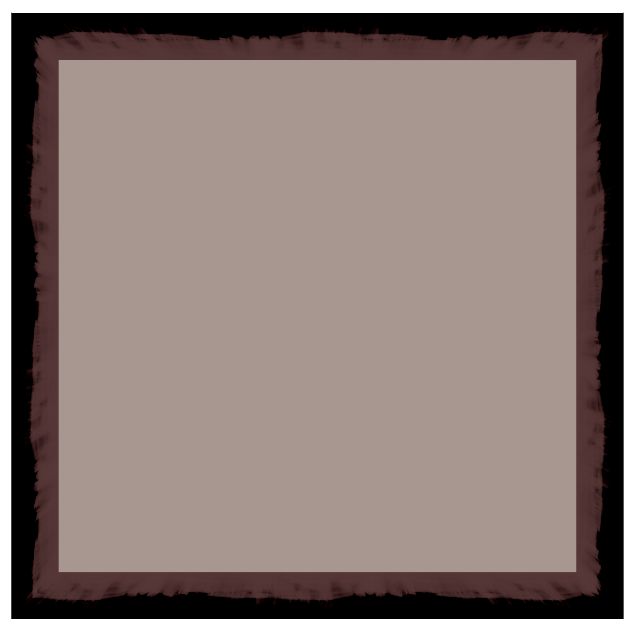
SonjaThompson
Members-
Posts
27 -
Joined
-
Last visited
Everything posted by SonjaThompson
-
Hi. I'd like to report a problem in Publisher/Designer. I'm currently using version Beta 2.2.0.2005. I create a "textured image brush" using this image. This dialog appears and I fill it in: Is there some reason the image doesn't appear in the offset box near the bottom of the dialog box? It always appeared there before this version. I was expecting to be able to see it. Can you help?
-
Hi...I'd like to report a problem with Textured intensity Brushes in Designer. I'm using Designer Beta 2.2.0.2005 at this time. Here's my brush image: Here's how I set it up in Designer as a "New Textured Intensity" brush: Note the slightly noticable glitch on the outer edge of the tail. Here's the preview under Brushes - note the more pronounced glitch on the outer edge of the tail: Here is tail applied in a document - note the same pronounced glitch: Here are the line settings used: I'm not sure why it does this, but the behaviour is unexpected. Can you help? See attached document. Thanks in advance for your help with this problem. Brush - Textured intensity - problem.afpub
-
This may be more of a curiosity, certainly an annoying one, but I gotta know: I created a vector image brush in Designer (beta): I created a rectangular object and applied it to the line around it (and flipped the object so the line was right side up – we’ve already discussed that elsewhere): Then I tried to move the line to the outside of the rectangle: That was really weird, so out of curiosity, I tried to move it to the inside of the rectangle: Just as weird. So, my question is this: What purpose does this behavior serve? Does it have a purpose, or is this a bug? Thanks. Brush line problem.afassets Brush line problem.afpub Brush line problems.afbrushes
-
Filter Forge Plugin - Error Bug
SonjaThompson replied to adam1762's topic in V2 Bugs found on Windows
Oh, okay, I didn't know I had to do all that. So I tried that, and could at least select it. Next, I got this message: So I generated the bug report and sent it. -
Filter Forge Plugin - Error Bug
SonjaThompson replied to adam1762's topic in V2 Bugs found on Windows
I've installed FilterForge 12 (for the first time) to use with Serif Affinity Photo. I don't have FF 11. I have set the preferences and even tried setting independent UI to True as above, but all I see is the Filter Forge 12... link and I can't even select it. -
I’m having trouble with Vector brushes attached to borders of images. Here’s the problem: Here’s the Vector Textured Image brush I created: I am going to use it as a stroke around my objects presented below. Stroke settings for both of these are exactly the same: Here’s the brush used as a border around a 3-inch square filled shape: Here’s the brush used as a border around a 3-inch square image: Why is the brush upside down, as well as slightly squashed on the horizontal sides, of the shape? Why is it squashed by a factor of about 60% on the image? Is there a pixel shape problem? How do I correct it?
-
Yeah, I've been brushing up on what I thought I knew...and I have been operating on some wrong assumptions. I better go do my homework better before I try this again. Brushes are total different in Affinity... Thanks for your patience with me.
- 7 replies
-
- vector brush tool
- adjustment invert
-
(and 1 more)
Tagged with:
-
Photo V2.1 macros not applied before batch
SonjaThompson replied to SonjaThompson's topic in V2 Bugs found on Windows
Okay, so this is where I "eat a little crow." After reading all the responses, I tried one more thing. If I change my document profile to RGB/8, masks with black at RGB 0 0 0 will block completely. That really threw me for a loop. See, I like to build scrapbooks, so it makes sense to use CMYK as my document profile. But I want RGB 0 0 0 in my masks to block completely... Maybe I'll have to care less about using CMYK for these things. I still don't understand the macro not working in my batch, but I can live with this for now. -
Photo V2.1 macros not applied before batch
SonjaThompson replied to SonjaThompson's topic in V2 Bugs found on Windows
Thanks for that. It looks like the color black issue is known, at least. FX 3D is known to cause a problem. I'm using FX Color Overlay in my macro, not 3D. But it doesn't explain why my macro to do an FX color overlay of CMYK 100,100,100,100 in a batch process produces images with RGB 0 0 0 (in other words, no change). Especially since I can make it work manually with images one by one, if I save as JPEG. Unfortunately, I didn't have the same result manually trying to save a PNG. If masking recognized RGB 0 0 0 as a pure black for masking and some of the other effects, it would solve MY problem, but perhaps open Pandoras box for other folks. I'd rather see the batch processing apply my macro. -
Wow, thomaso, that was realy great information! I know I have a lot to learn. I'm not a Mac user, so there may be some differences. It's too bad you never knew CraftArtist. It was a really fun and intuitive tool! I could really focus on my projects. You are right about CMYK 0,0,0,100 being lighter than RGB 0,0,0, but I've also discovered since my last post that CMYK 100,100,100,100 is darker than RGB 0,0,0. I guess the CMY values do matter after all. So I tried the Erase blend mode on the brush edge, which was cool. Thanks for the tip on that. There's a couple of problems. It looks like some brushes are fine, but once in a while I get a bad corner. I don't know what to do about that. When I use MY brush this way, the tops of the brush edge get cut off. I've tried all the alignments, and it's the best I can get with my brush. The vertical stretching of the brush image is still annoying.
- 7 replies
-
- vector brush tool
- adjustment invert
-
(and 1 more)
Tagged with:
-
Photo V2.1 macros not applied before batch
SonjaThompson replied to SonjaThompson's topic in V2 Bugs found on Windows
Okay, the internet information messed me up on this point, but you bring up a good point, about saturation. For publishing, ink saturation is a problem. Since I'm trying to make a rasterized mask completely block part of an image, it has to be fully saturated, or the mask won't completely block the image where it needs to. I have found that CMYK 100,100,100,100 does block well. I can deal with that, if Problem 2 has a solution.... -
Unfortunately, the Textured Mask Brushes are pixel brushes, and can't be applied to a line around the objects, so I can't use it to create a mask. Inverting the image was an attempt to change black to white and white to black, which is does in most cases. I've discovered that, for some strange reason, RGB 0,0,0 in Affinity converts to this in CMYK: It's not supposed to do that. At least K should be 100, and it doesn't matter what C, M, and Y do.
- 7 replies
-
- vector brush tool
- adjustment invert
-
(and 1 more)
Tagged with:
-
PROBLEM 1: RGB 0,0,0 in Affinity converts to this in CMYK: It's not supposed to do that. K should be 100. I've tried it several different ways. PROBLEM 2, MAYBE RELATED TO PROBLEM 1: I built a macro that applied a Color Overlay in the Layer Effects (FX) with a true black of CMYK, where K = 100. I'm trying to change my PNG black and transparent masking images (which use RGB 0,0,0) to have a CMYK value of 100 for K. So I set a batch process to run my macro on the input images, and export them as JPEG files. The JPEG file comes back with this for black, which is RGB 0,0,0. If I manually run the macro on an input image, and export it to a JPEG, the JPEG results in a CMYK value of 100 for K -- I just can't make a batch process do that.
-
This is what I'm trying to do, that I could do in Serif CraftArtist 2.0 before, and loved: The shown brush is one that CraftArtist uses to produce the effect. While it is a PNG file, there is no transparency in it. It appears that Edge brushes are different from other brushes, and Affinity doesn't support them. I'm going to have work to get the same effect, and I'm willing. But I'm having trouble making that happen, and I could really use some advice. Obviously CraftArtist does some masking under the covers, but I sure can't figure out which algorithm it uses. For example, in Affinity, if you use "Mask to Below," anything opaque reveals the layer below it, and transparency obscures it from view, with semi-transparent colors showing some transparency in the layer below. But if you use "Rasterize to Mask," white reveals the layer below, while black and transparency obscures it from view, with colors showing some transparency in the layer below, depending on their closeness to black. I have no idea what CraftArtist does, but this brush image won't do for Affinity, so I filled the bottom white pixels with black. My plan is to create the Smudge brush and outline a black rectangle with it, white to the outside, then apply an Invert adjustment to get a white shape with black around the outside. To keep things simple, it will be for the "Rasterize to Mask" algorithm. And I've tried, but I ran into so many problems. Here's my story: I pulled up Affinity Designer Version 2.1, made a pure black rectangle with a pure black stroke. Then tried to build the brush. I didn't know which brush to build -- textured intensity or textured image. Both take a single image as their basis, using the "repeat" method. So I built and tried both. Here's what the textured intensity brush looked like, at 24 pt, aligned to the center of the line, with the rectangle behind the line: It's not bad, but the fine transparency that should be inside the rectangle is covered up. I proceeded anyway, and added the Invert adjustment, and got: I really expected a white center with a black outline. Nope. So I tried the textured image brush instead and got: And the brush is upside down! After I while, I figured out I could select the middle top handled and pull it down past the bottom edge of the rectangle (which is a really weird thing to do) and I got this: This not only puts the brush in the right position, but also gives back transparency over the rectangle, although there appears to be a line where the brush starts. Obviously, the brush image is not made with pure black. Not only that, but the brush doesn't look like it's held it shape well -- either squashed horizontally, or stretched vertically. So I inverted it, anyway, and it looked like: Not even close to what I expected. WHY IS THIS? What am I doing wrong, and is there a better way to do this? Thanks!
- 7 replies
-
- vector brush tool
- adjustment invert
-
(and 1 more)
Tagged with:
-
Walt - crash is probably not the right description. Designer stops responding and hangs -- for a very long time -- until I close the program. I've never gotten to the point of having a crash report. It always happens when I have an object selected and then click on a pixel brush. RC-R - I've been downloading updates as they come out. I've been to the website and can't figure out how to get the retail version. It says I'll be prompted to download when it's ready -- and I've been downloading, but it's always (Beta) never retail. I bought V2 Universal and shouldn't have to repurchase, at least that's what the website says, but I don't know how to get the retail one installed.
-
Well, not exactly. The Replicate Tool is much more powerful. If I want a 30 x 60 grid of objects equally and precisely spaced in both directions, that's a lot of counting and duplicating and measuring. The Replicate Tool is setting it up and seeing what comes out - minimal time and effort. The Replicate Tool could use one improvement, as far as I can tell. It measures distance between objects from the object boundaries, which is nice sometimes. Other times, I'd like to measure distance from the object center. The Step and Repeat process IS available in Publisher, I think -- the shortcut is Ctrl-J.


